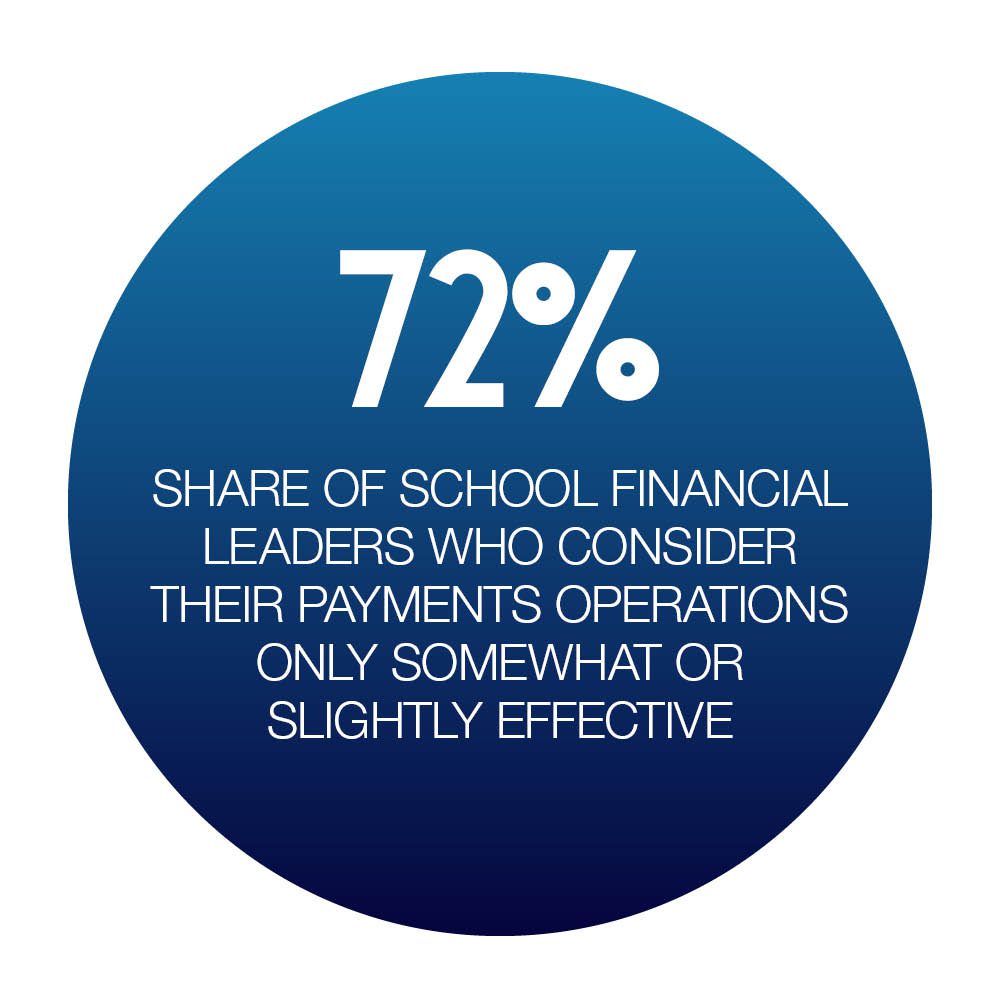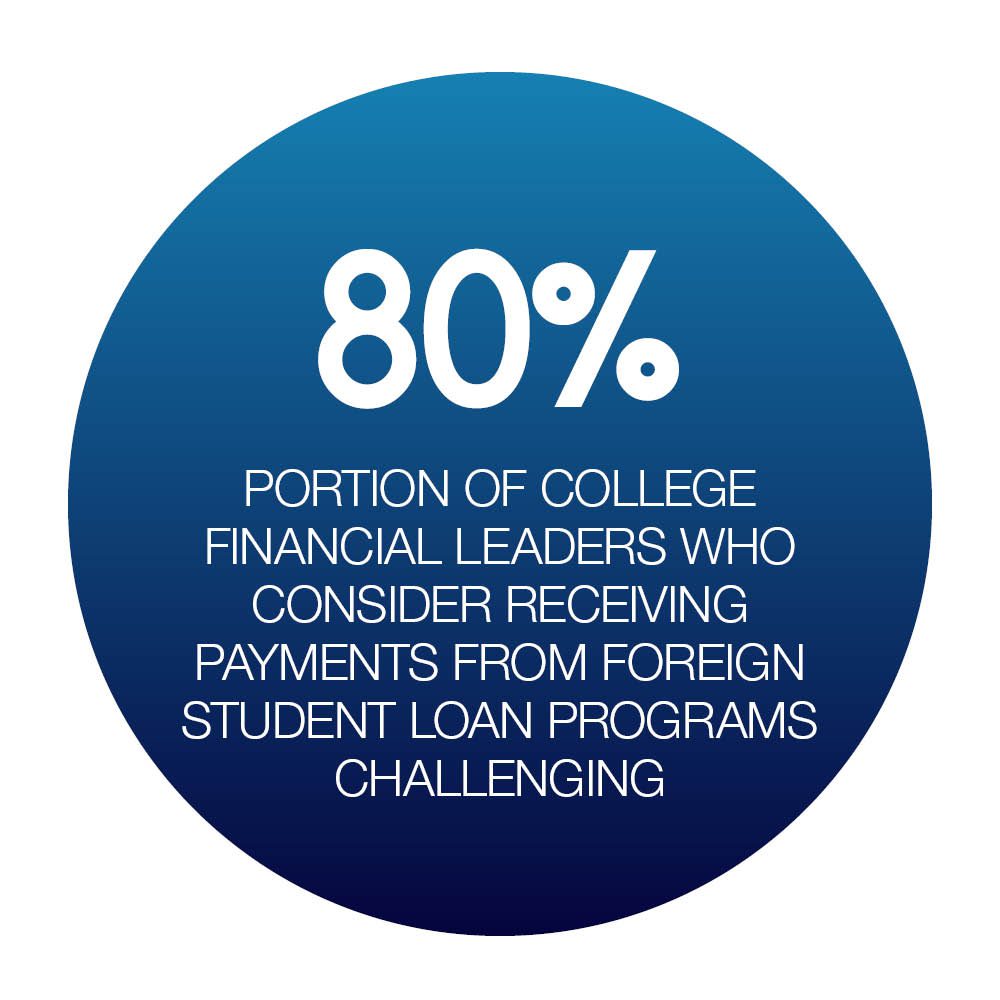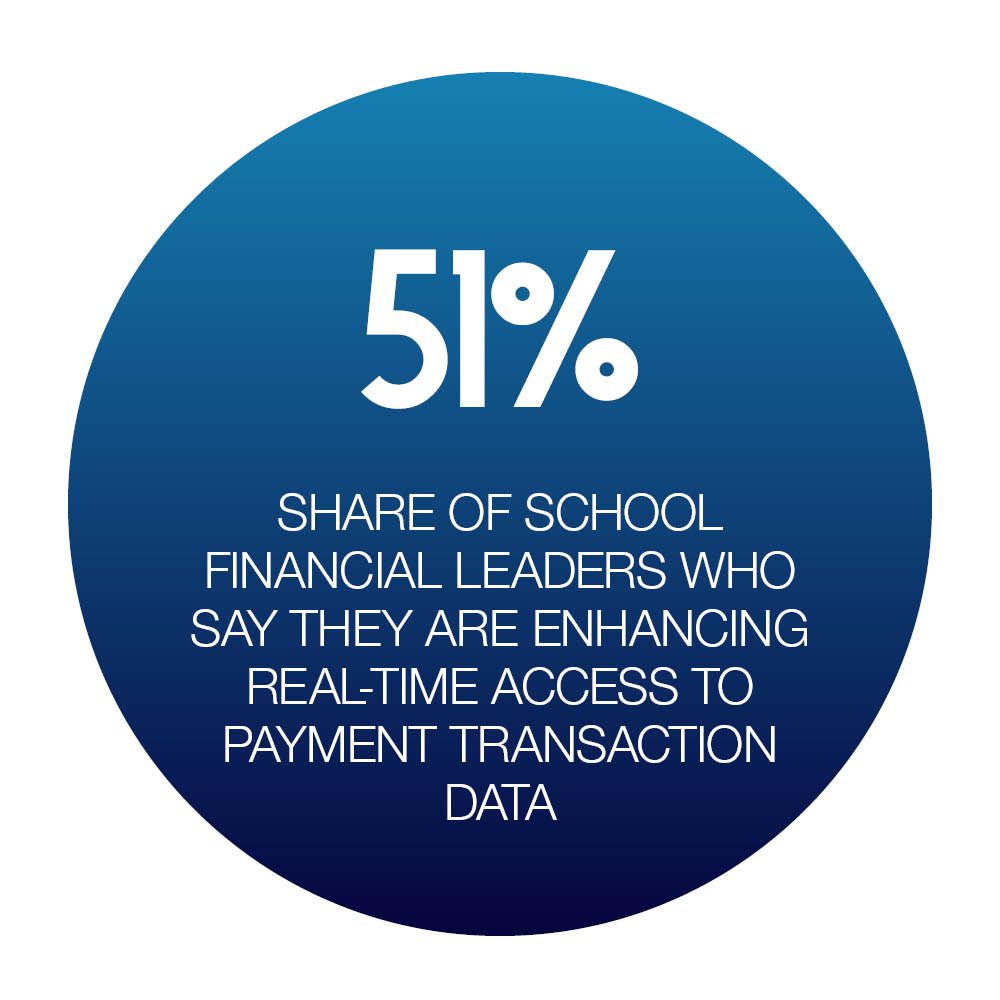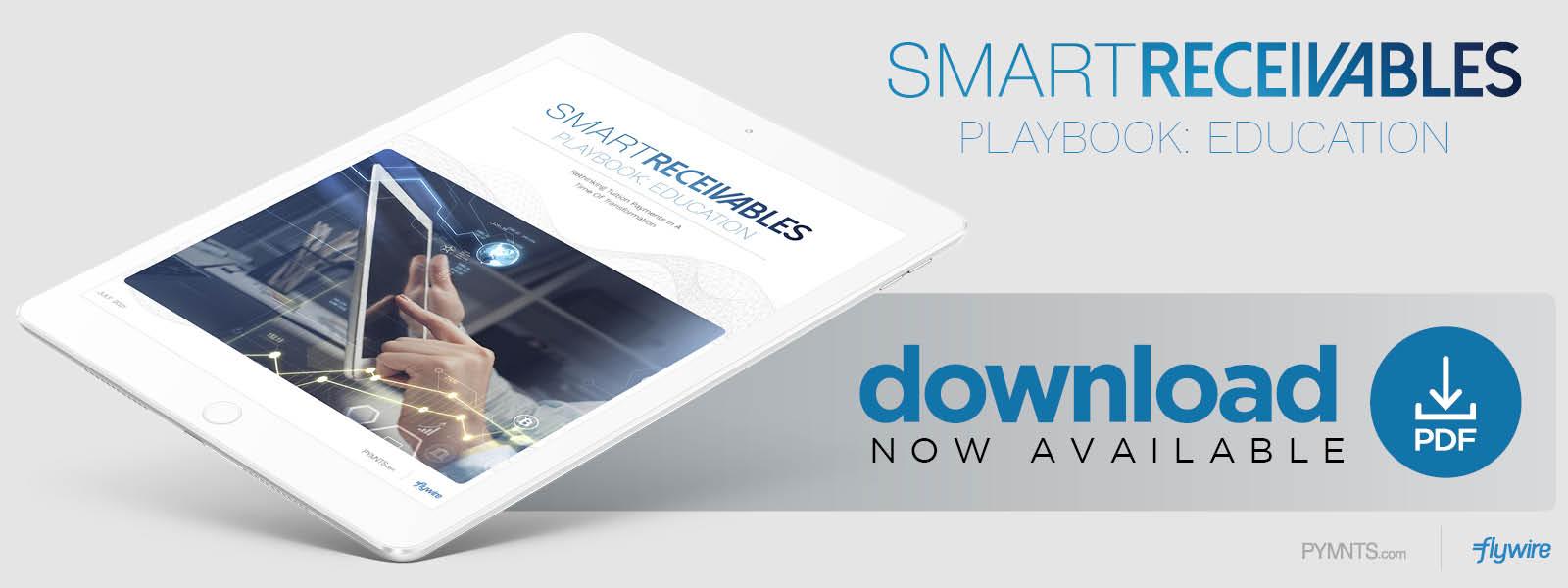How The Digital Shift Is Coming To College Financial Offices

The Smart Receivables Playbook: Rethinking Tuition Payments In A Time Of Transformation, a PYMNTS and Flywire collaboration, offers an on-the-ground perspective on how higher education institutions are adapting to the pandemic and addressing the challenges and pain points they face.
Many current and incoming college students learned the importance of resilience and adaptability over the past year and a half, and the same goes for financial leaders at educational institutions.
These officials are responsible for keeping their institutions afloat and their students enrolled despite facing myriad challenges, after all, including a tumultuous economy. Moreover, they must accomplish these tasks even as students’ and their families’ education plans shift. Students may be taking gap years, for example, or may be interested in part-time study options. Others could be returning to school to learn new skills and earn new degrees.
 These developments raise the question of whether school financial leaders have the tools they need to enable more seamless and flexible payment experiences for the diverse array student populations they are serving today, including a generation that was brought up on the internet. PYMNTS’ Smart Receivables Playbook: Rethinking Tuition Payments In A Time Of Transformation, a collaboration with Flywire, seeks to address these questions and outline a path forward for school financial leaders. The Playbook expands on Payments 2021, a companion study based on extensive surveys of financial leaders in education and other sectors, as well as interviews with academic experts and school financial officials.
These developments raise the question of whether school financial leaders have the tools they need to enable more seamless and flexible payment experiences for the diverse array student populations they are serving today, including a generation that was brought up on the internet. PYMNTS’ Smart Receivables Playbook: Rethinking Tuition Payments In A Time Of Transformation, a collaboration with Flywire, seeks to address these questions and outline a path forward for school financial leaders. The Playbook expands on Payments 2021, a companion study based on extensive surveys of financial leaders in education and other sectors, as well as interviews with academic experts and school financial officials.
PYMNTS’ research indicates that the digital shift that has so altered students’ learning experiences has not necessarily extended to schools’ financial offices. Nearly three-quarters of leaders in these offices consider their payment operations only somewhat effective at best, and this is not for lack of spending. School officials estimate that they are spending close to 3 percent of their annual budgets on payment operations — and this does not take into account the less-quantifiable costs associated with paper-intensive processes, including human error.
School financial leaders face many of the same challenges as those in other sectors, including elevated concerns regarding fraud and data security, but they also must contend with unique issues. These include dealing with student loan programs and working with foreign students. In fact, 80 percent of financial leaders at four-year colleges say they consider receiving payments from foreign student loan programs challenging, and nearly half of two-year and community college leaders cite student loan paperwork as a major challenge.
 A growing share of financial leaders in education are looking to digital technology not just to address longstanding payment frictions, but to help their institutions chart their strategic courses in the months and years ahead. More than half of school financial leaders say they need to expand their billing and subscription management capabilities to meet their strategic goals, and half say they need to either add or enhance real-time access to payment transaction data for this purpose.
A growing share of financial leaders in education are looking to digital technology not just to address longstanding payment frictions, but to help their institutions chart their strategic courses in the months and years ahead. More than half of school financial leaders say they need to expand their billing and subscription management capabilities to meet their strategic goals, and half say they need to either add or enhance real-time access to payment transaction data for this purpose.
These data points just scratch the surface of PYMNTS’ research. To get the full story, download the playbook.
About The Playbook
The Smart Receivables Playbook: Rethinking Tuition Payments In A Time Of Transformation, a PYMNTS and Flywire collaboration, is a research- and interview-based Playbook examining the unique accounts receivable (AR) challenges facing the education sector and how schools can overcome them.

